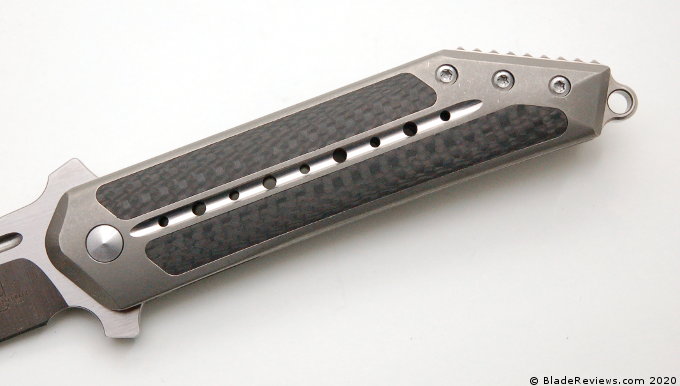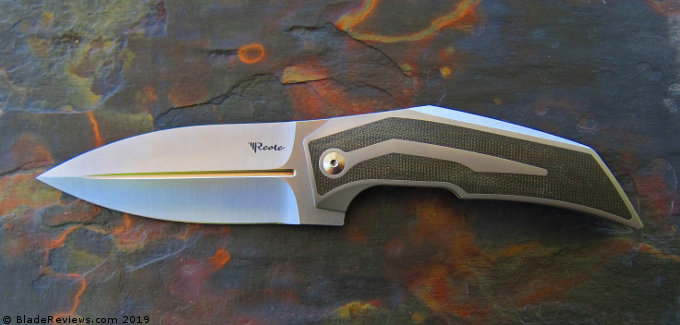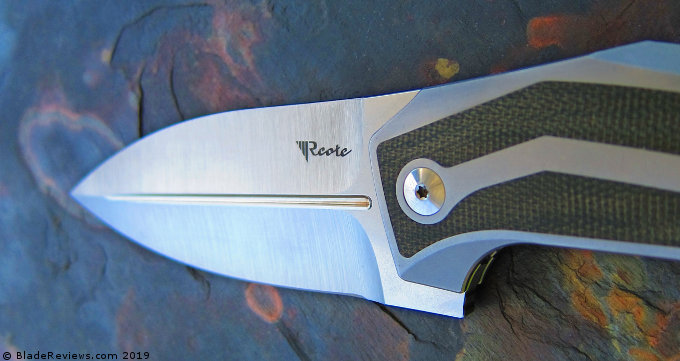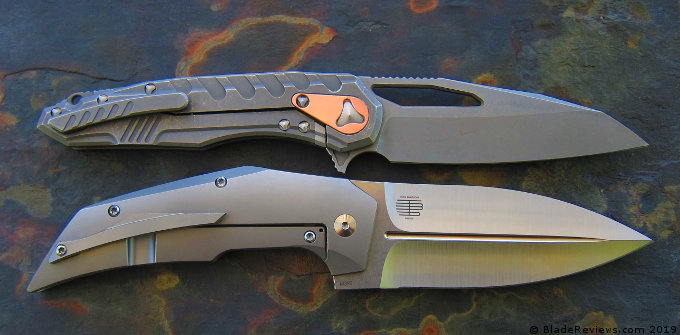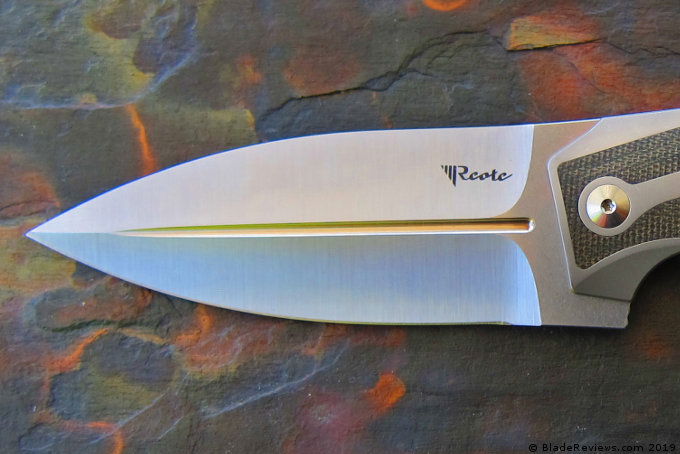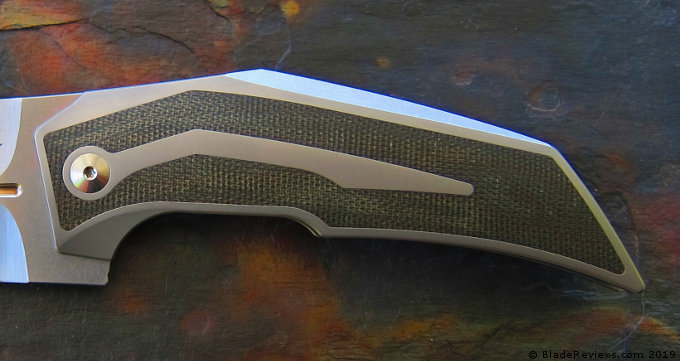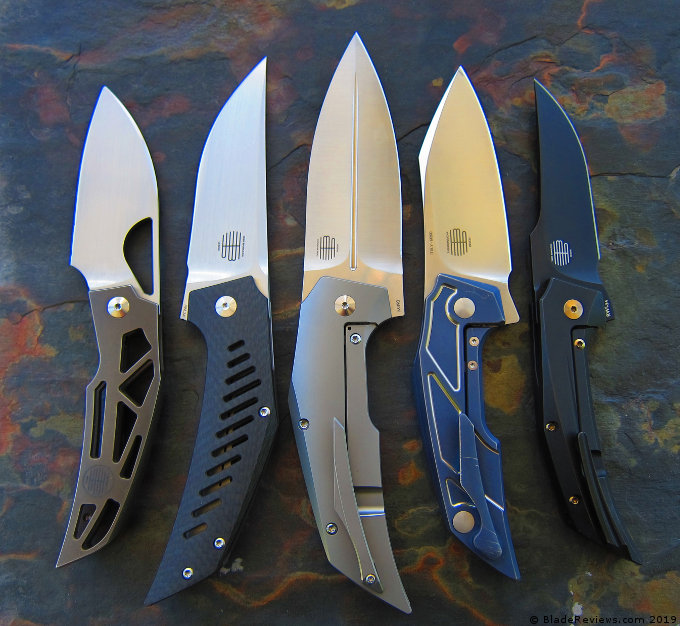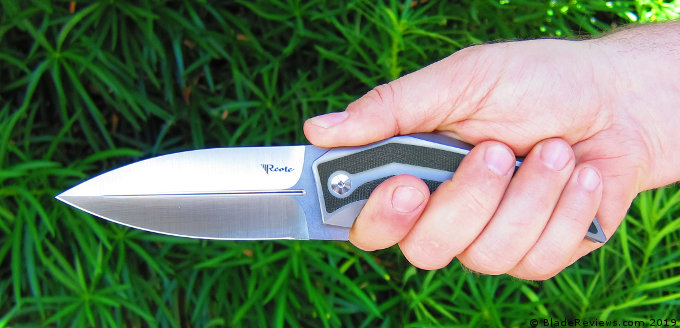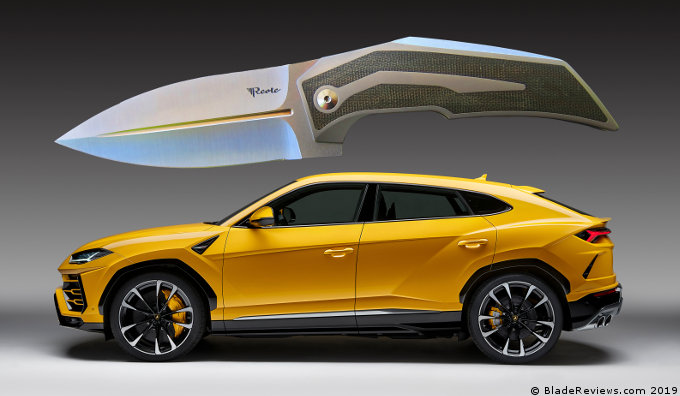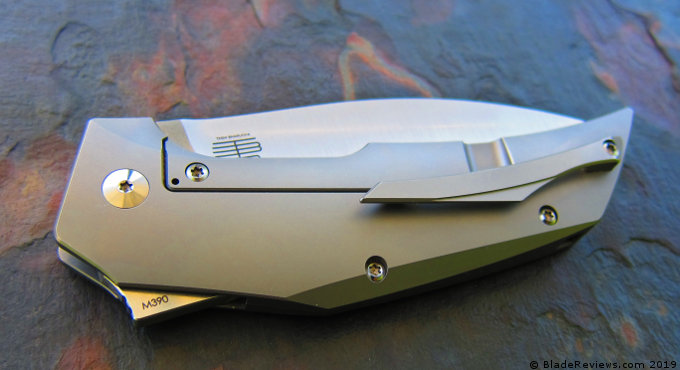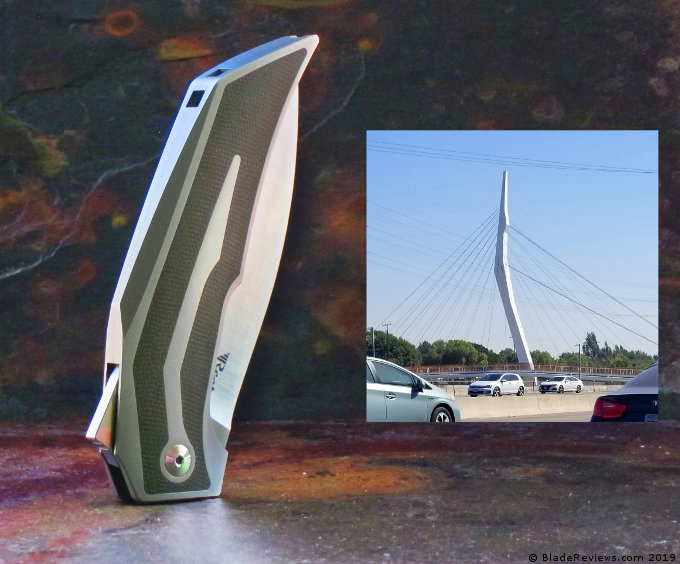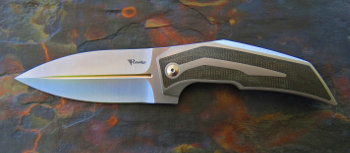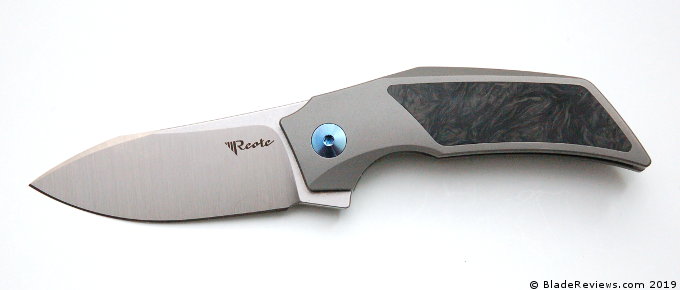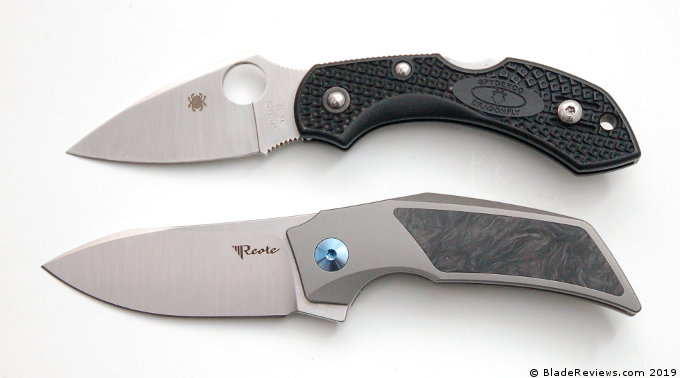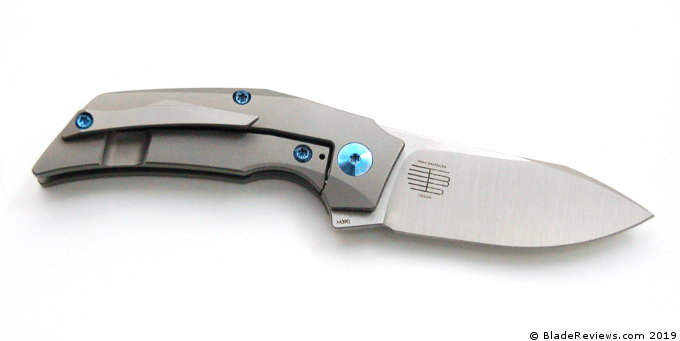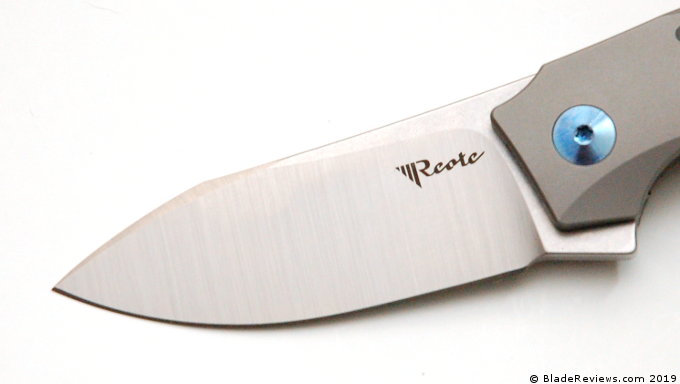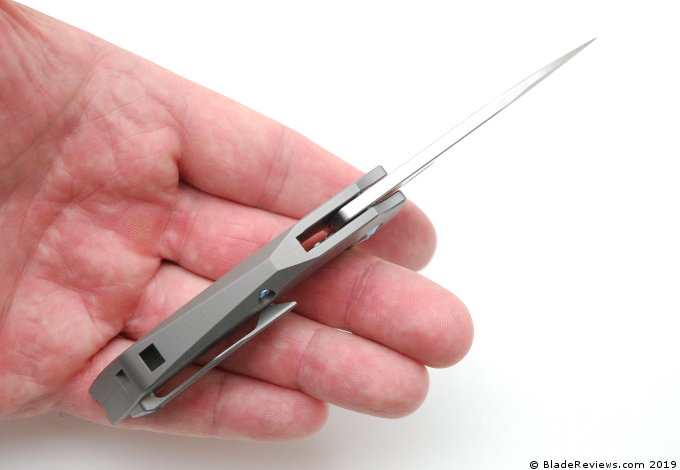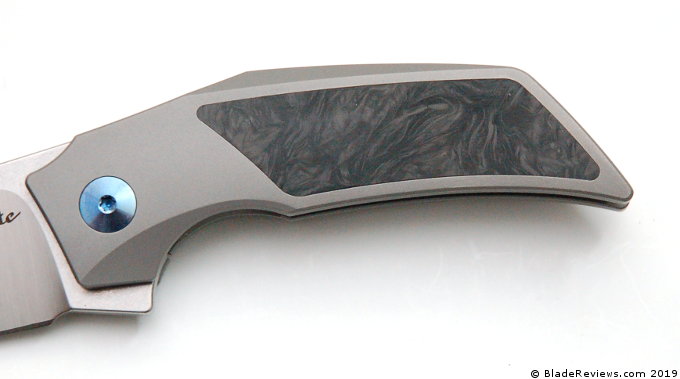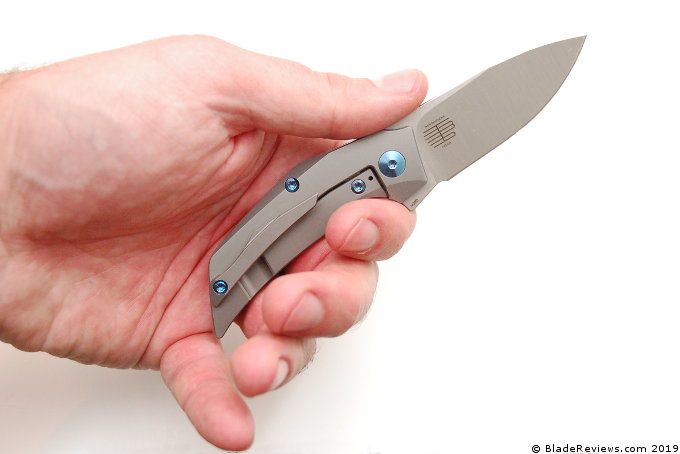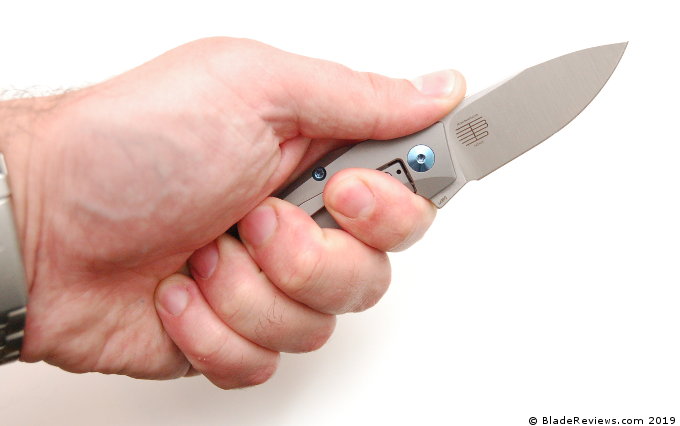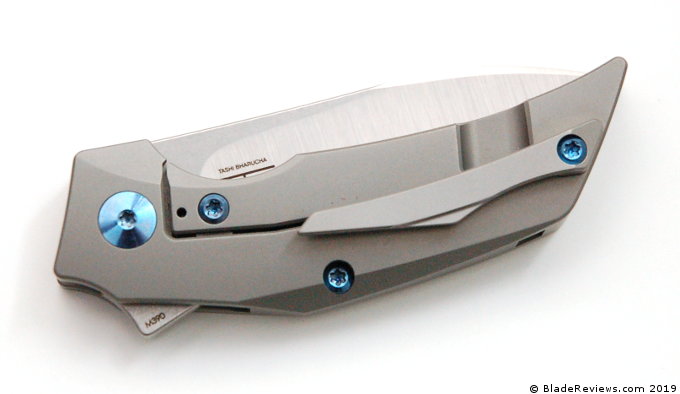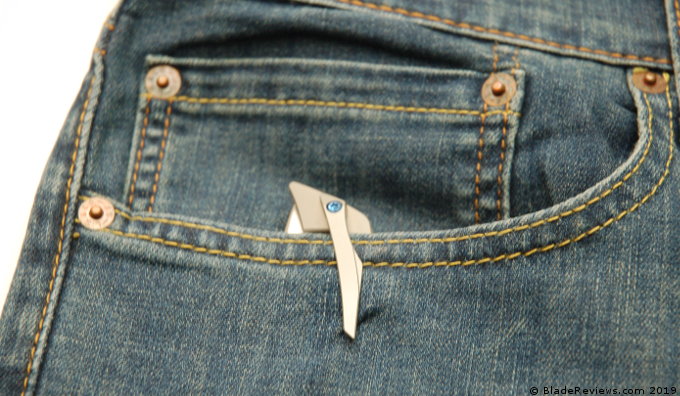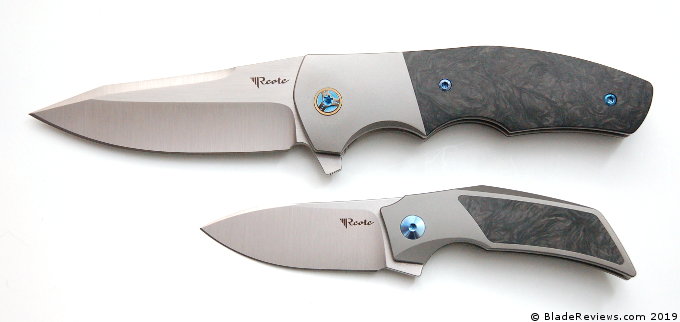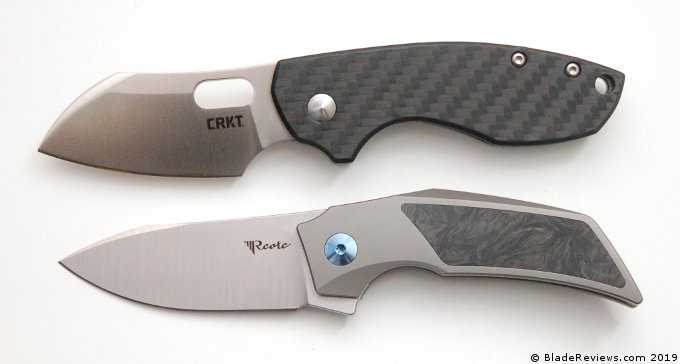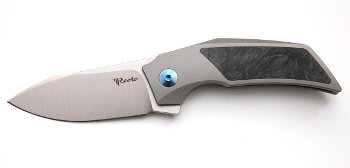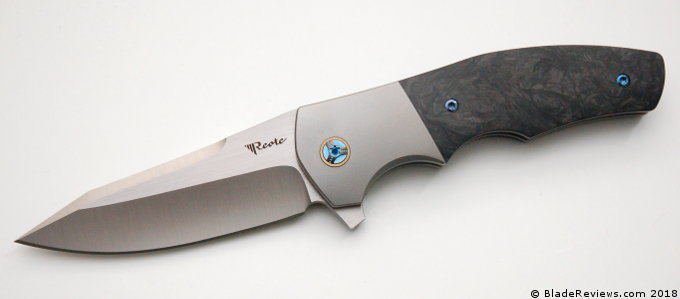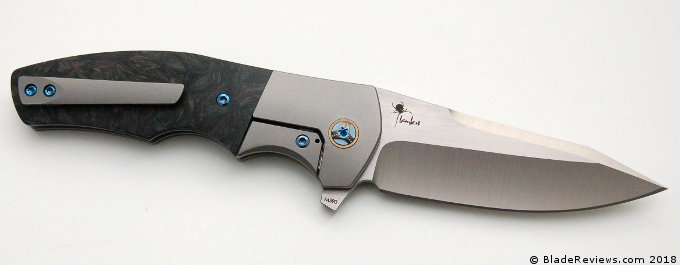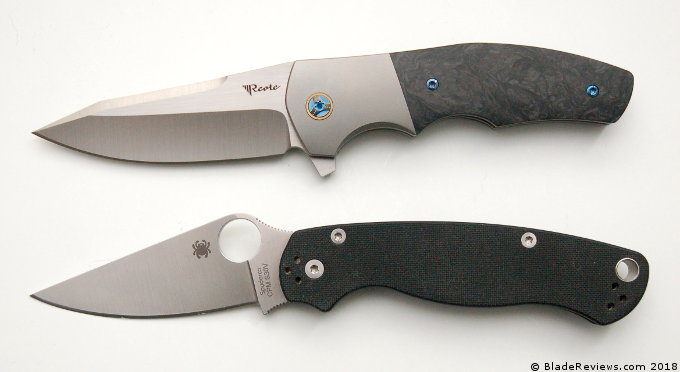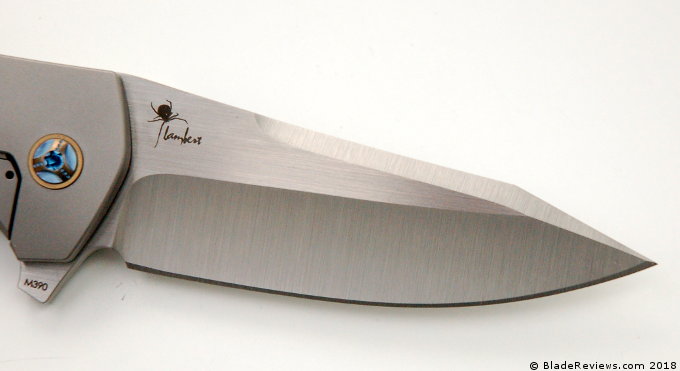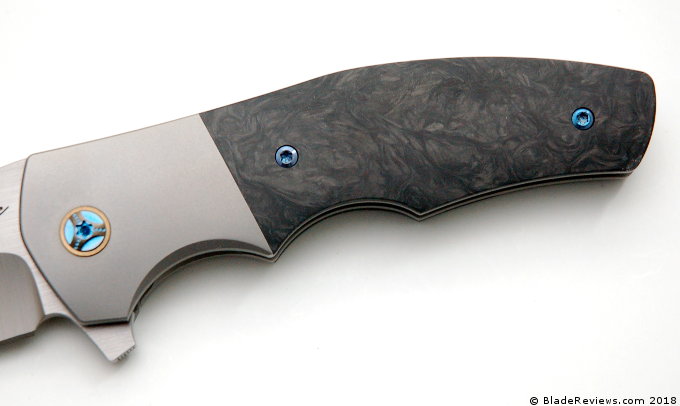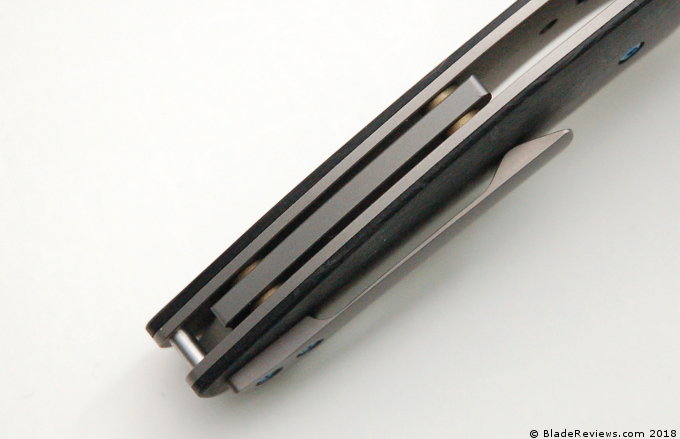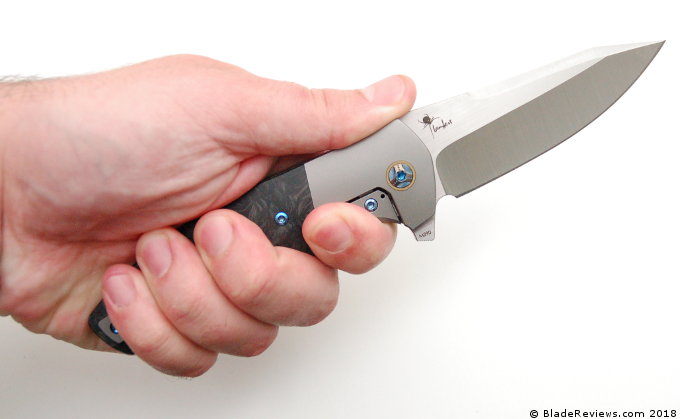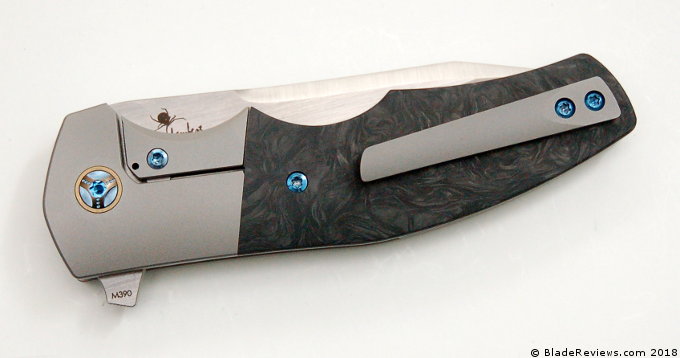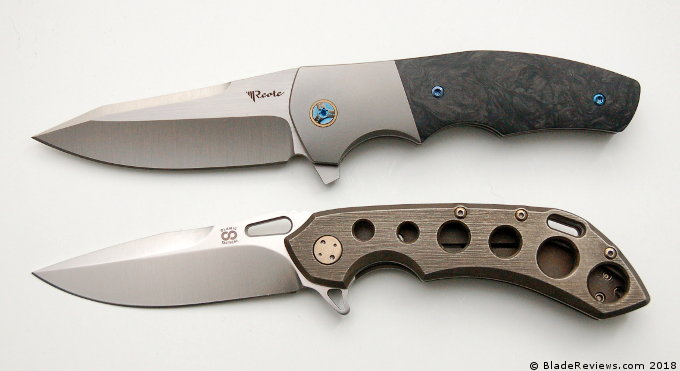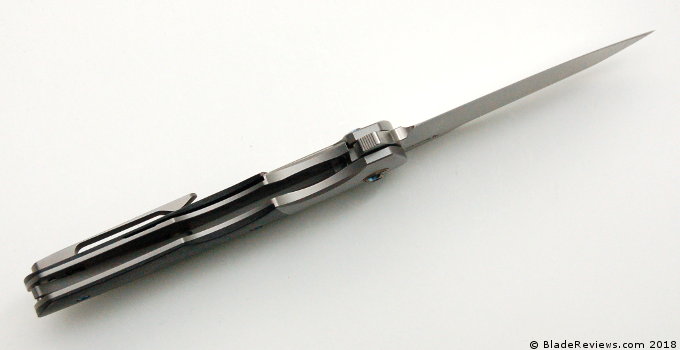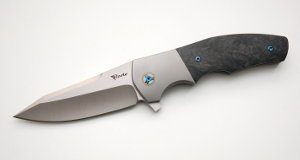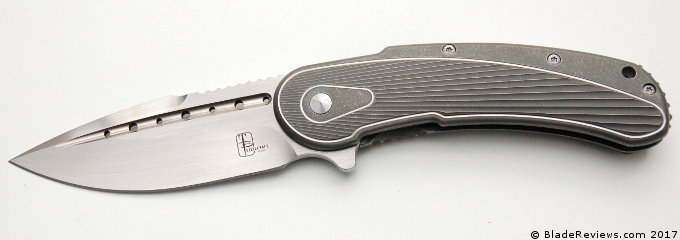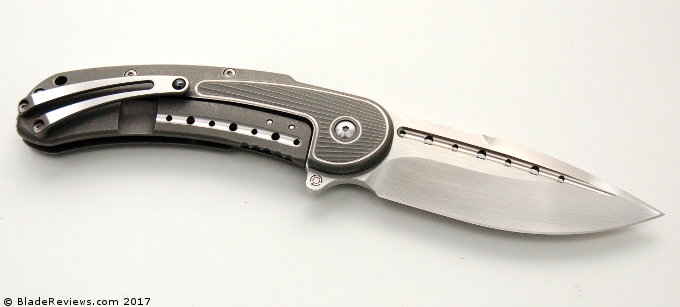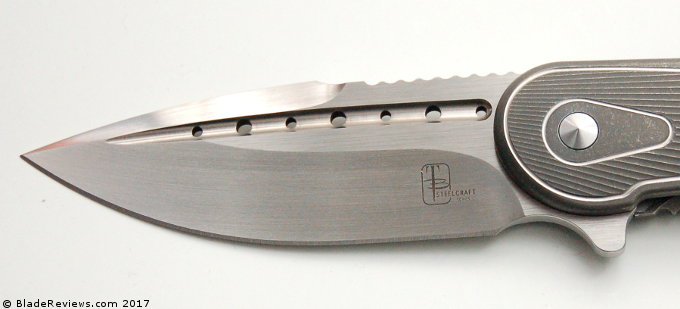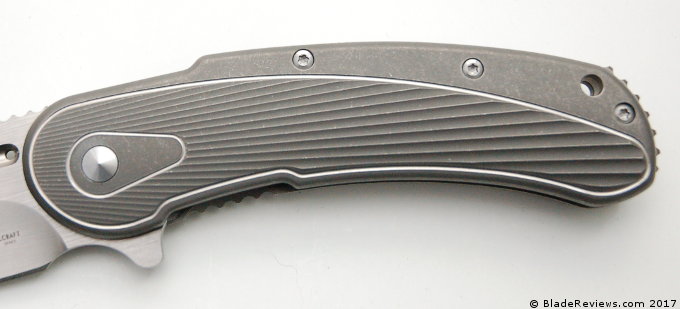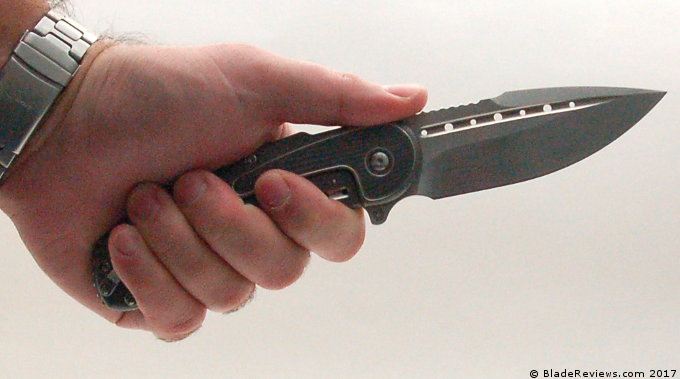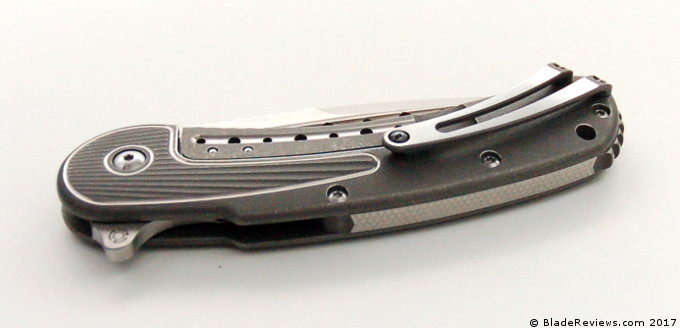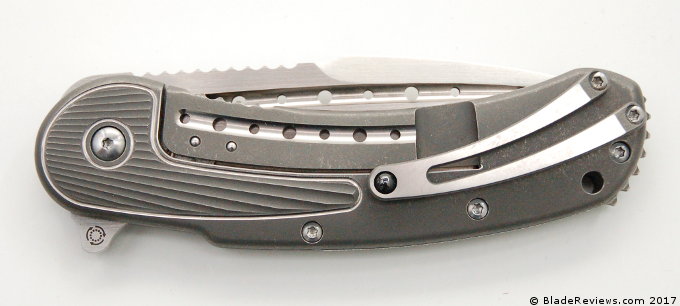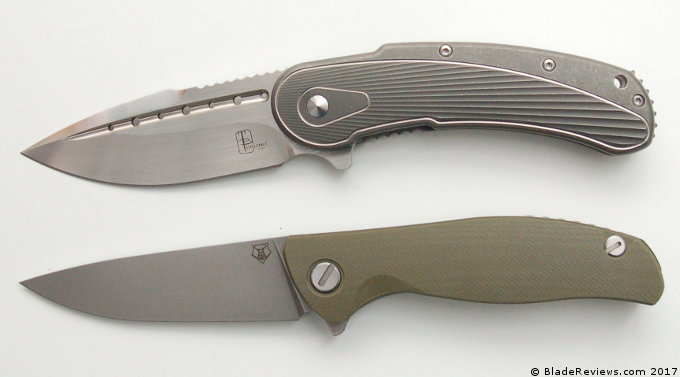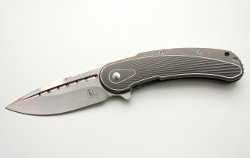I really enjoy Blade Magazine. I’ve subscribed for years, and smile when their magazine finds its way into my mailbox each month. Part of what I enjoy is how they write articles I could never write. Deep dives into the history of custom knife making, coverage of high end customs pieces, and interesting commentary on the intersection of industry, law, collecting, and commerce as it relates to knives.
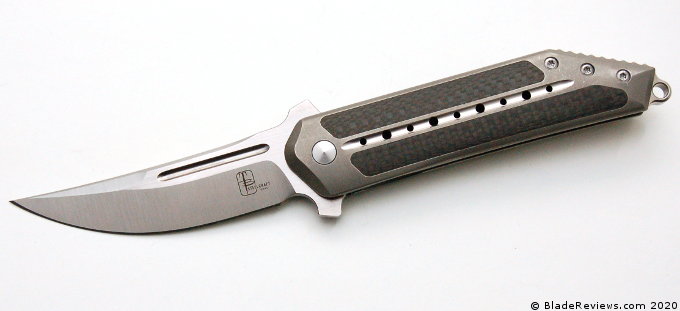
Buy the Begg Knives Streelcraft Kwaiken at BladeHQ
Sure it isn’t a perfect publication, but Blade Magazine is a treasure trove of sorts, and that magazine combined with the BLADE Show often feels like the glue that binds this whole knife thing together.
Blade Magazine also offers knife reviews, which I also enjoy for obvious reasons. Usually they grab a trio of lower end knives and put them to work. The reviews are genuine and focused on real world applications. The writers are straightforward guys with an obvious passion for the products. I enjoy these reviews for what they are.
However, it’s rare for them to review an expensive production knife. Seems their reviews hit between the $20-$100 range. That’s great, as that’s the price range for a lot of user knives, but we don’t see much on the higher end. That’s where I think BladeReviews and other online “media outlets” can offer something. We can cover the high end.
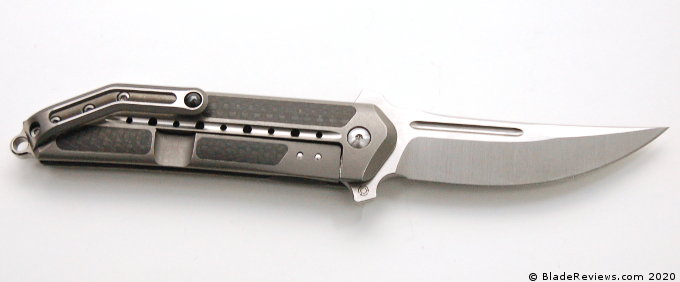
Which brings me to this Begg Knives Steelcraft Kwaiken. This knife is somewhat ridiculous and expensive, yet undeniably cool pocket knife. As I sat down to write this review, I thought “Why am I even reviewing this?” Because I can and it’s what I enjoy doing. Plus, who else will do it? I don’t see much on this knife if you are looking for a long form written review. Plenty of YouTube videos and forum posts, but that’s about it.
Not that I do this out of any sense of duty. Frankly I enjoy exploring these higher end knives in addition to the more practical stuff. A knife like this would never kick my Para 3 out of my pocket, but they celebrate what’s possible in the world of production folders. I reviewed the Steelcraft Bodega a few years ago and enjoyed it. And I recall handling the pre-production prototypes of the Steelcraft Kwaiken years ago at a Blade Show. This is technically the 3/4 “Sun Tzu Kwaiken”. Time to check one out.
General Dimensions and Blade Details
The Kwaiken has an overall length of 8.37″, a 3.5″ blade, weighs 4.5 ounces, and is made in China by Reate for Begg Knives. As I mentioned, this is actually the “3/4” or “mini” version of Begg’s original Kwaiken, but it’s still a large knife and I’ll simply refer to it as the Kwaiken throughout this review. The full size Kwaiken is no longer for sale as of the time I am writing this article, but it came with a 4″ blade and weighed just under 5 ounces. Too much pocket knife for my purposes.
Here is a size comparison with the Endura and Delica:
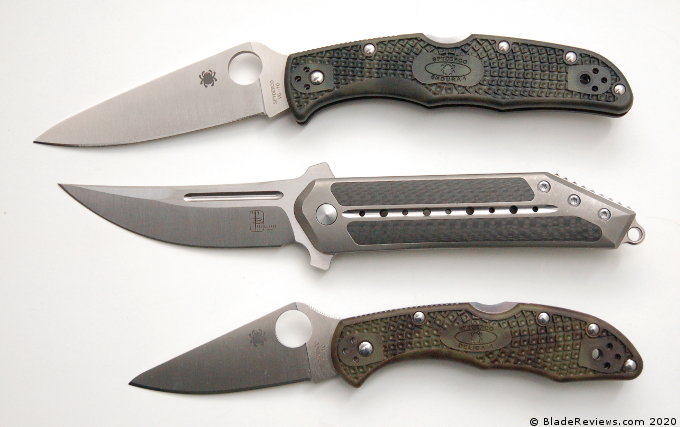
This Kwaiken is cold to the touch and it feels heavy. “Dense” may be the better word. It could make for an expensive paperweight if you aren’t careful, and it occasionally serves that purpose in my office. The balance point is back maybe an inch behind the pivot. This is due in part to the heavy titanium backspacer. While I will never consider this to be a heavy duty user, I have carried and used this knife quite a bit.
The blade on the Kwaiken is a large sweeping trailing point. Trailing points are sometimes referred to as a “Persian” style blade due to the exotic look. This is a little different from what is often associated with a Kwaiken, which is inspired by a traditional Japanese short sword. This blade reminds me much more of the Benchmade Bedlam than the Boker Kwaiken.
That said, the blade of the Steelcraft Kwaiken is much more detailed than either the Bedlam or Boker Kwaiken. There are 3 clean grinds on each side. The primary grind is hollow ground, and then there is a long swedge on top. In between those grinds is another faceted grind. Then you have the flat with a deep fuller. Everything has been left with a gleaming satin finish. It has been meticulously ground. The grinds are all crisp, but edges of the quillions have been relieved slightly. So there is nothing sharp on your hand. It’s a thing of beauty.
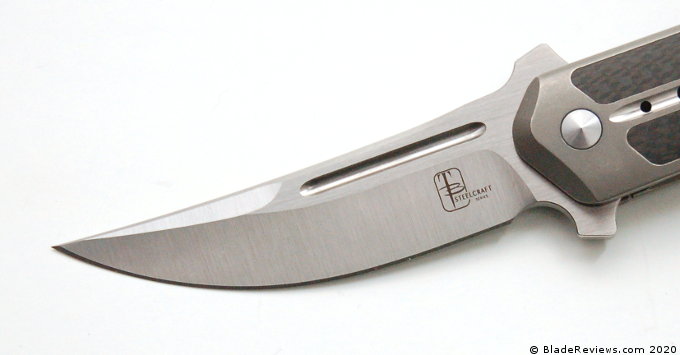
Begg went with S35VN steel for the blade. If you have an interest in a high end pocket knife like this, S35VN will need no introduction. It has been discussed ad nauseum here on the site and is a staple for makers of high end knives.
But to be thorough, S35VN is a stainless steel developed by Chris Reeve and Crucible Industries especially for blade steel. It’s a successor to S30V, and I have found it to be an improvement over its predecessor. What’s great about S35VN is that it still achieves high hardness (approximately 61HRc) and excellent edge retention, but it’s noticeably easier to sharpen over S30V. It is also corrosion resistant and takes a beautiful finish as you can see.
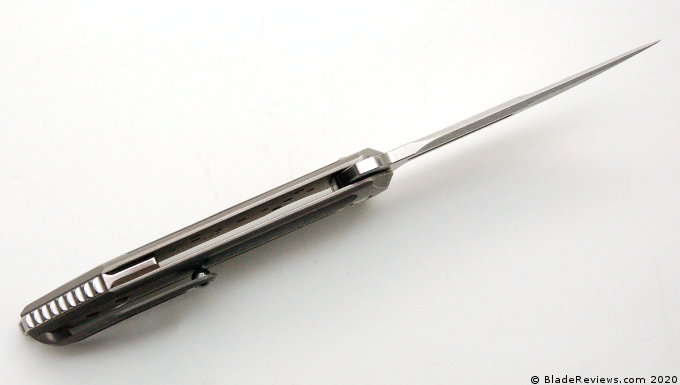
In practice I found the blade of the Steelcraft Kwaiken to be as functional as it is beautiful. That trailing point tip can be a little awkward for things like coupon clipping and other fine tasks involving the point, but the long curving edge provides lots of leverage and is highly effective at larger tasks like carving long peels of wood off a 2 x 4, and breaking down cardboard boxes.
Blade stock on this piece is relatively stout at nearly 4mm. That thick blade combined with the partial flat grind means this knife doesn’t produce translucent slices of apple, and it tends to “pop” materials open at the shoulder of the blade, but this is a larger knife. If you don’t mind potentially marring the delicate finishes, then you could accomplish significant tasks with it.
Handle, Ergonomics, and Pocket Clip
While there is a lot going on with the blade, it pales in comparison to the handle. The handle is where you can really show off, and here the Kwaiken has been richly detailed. This is a full titanium handle, but the eye is immediately drawn to the millwork and carbon fiber inlays. These have been executed brilliantly. Running the pads of my fingers over them, I can feel where the carbon fiber ends and the titanium begins, but they are pretty damn flush.
And the entire handle has been fully contoured. This is what I was referring to when I recently reviewed the Gerber Fastball. Here you have a fully 3-D machined handle that has been executed brilliantly. It’s hard not to be impressed.
In addition you have details like a chunky high polished titanium backspacer with integrated lanyard loop, and custom pivot. The body screws are beautiful machined screws and the holes in the titanium have been slightly countersunk and given a high polish. It’s hard to find fault with the material selection, fit, or finish in this handle. My only complaint is that all this glitz adds heft to the knife. Especially that backspacer.
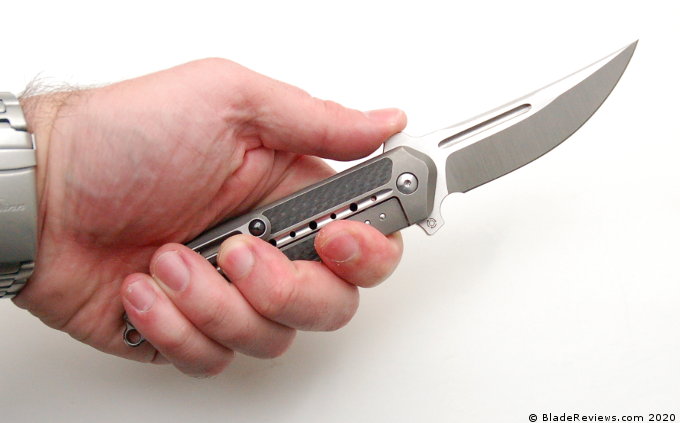
The ergonomics of the Kwaiken are simple yet satisfying. The handle is long and mostly straight. Plenty of room for all 4 fingers. The two guards or quillions encourage you to hold back on the handle rather than choke up. You can rest your thumb on top of the guard like I did for the photo, but it’s not particularly comfortable. Choking back coincides with the balance point, and suggests to me that the Kwaiken was designed to be more of a tactical knife than a utility knife.
There is little texture save for the geared backspacer and the signature groove running laterally down the handle. Still, I don’t find myself wanting for much more texture. This handle works and easily stays in the hand. If you would like you can choke up on the blade, and there is even a large choil, but it’s not quite large enough to safely accommodate my index finger. I think it’s more for looks and sharpening.
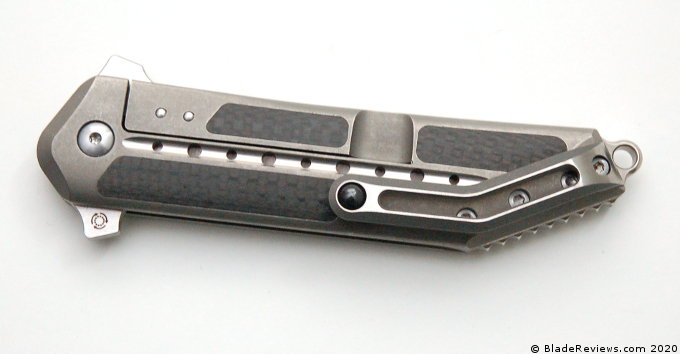
The pocket clip is definitely different. Fans of Begg Knives will instantly recognize it, but the uninitated will no doubt marvel at the milled titanium and oversized ball bearing. It’s a ceramic bearing, but is almost opalescent in it’s reflectivity. It’s a unique detail that you can easily get sidetracked with.
Here is your in the pocket shot:
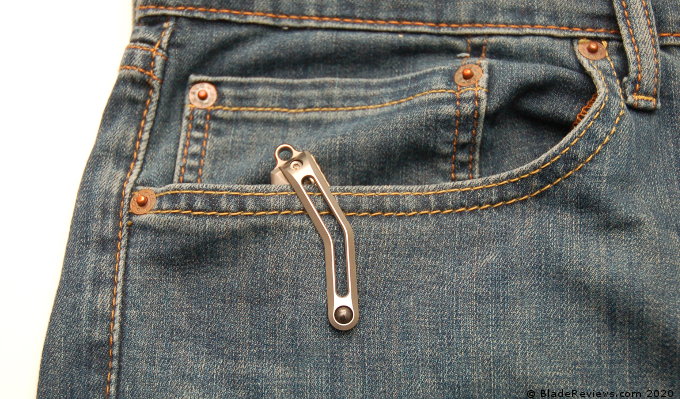
But how does it work as a pocket clip? Actually, surprisingly well. There is excellent spring rentention and the clip holds the knife securely in the pocket. It’s also a deep carry clip, burying 98% of the handle in your pocket. Only the base of the clip, a couple gears, and that lanyard hole peek out from your pocket. This is a heavy knife, and the bearing does a decent job of holding the knife in place. It shifts a little over time, but doesn’t slide around freely.
Deployment and Lockup
The Steelcraft Kwaiken is a bearing equipped framelock flipper. The generously sized flipper tab is easy to get a grip on. The detent is good, and helps pop the blade out quickly. I’d say the action is around a “7” out of 10. It’s good, but it won’t blow your hair back like a Shirogorov or something. The action is smooth thanks in part to the caged bearing system.
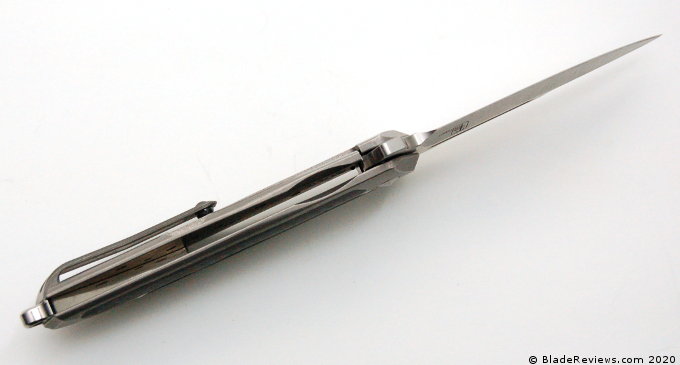
The framelock is excellent. There is a stainless steel lockbar insert, and the lock engages early and is rock solid. There is absolutely no blade play in any direction. There are a couple small thumb reliefs on the inside of the lock bar and frame, that allow your thumb to easily access the frame and release the lock. There is not lock stick or funkiness of any kind. This is how a titanium frame lock should be.
Here is a parting size comparison with the Para 2 and Benchmade Griptilian:
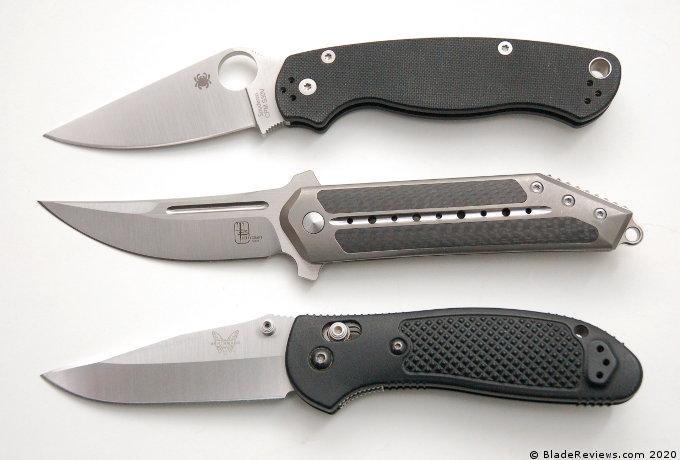
Begg Knives Steelcraft Kwaiken 3/4 Review – Final Thoughts
The Steelcraft Kwaiken isn’t cheap, but at least you get a lot of well made knife for your money. You also get something unique. Begg’s designs strike me as a “like it, or leave it” proposition. You will either immediately gravitate towards the ornate designs, or it will remind you too much of True Religion jeans and Affliction T-shirts. Personally, I like the unique look, and I can’t argue with the execution. If they didn’t make it well, the Kwaiken would seem like costume jewlery. But the fit and finish is outstanding on this knife.
And while there is a heavy emphasis on the artistry, the Kwaiken doesn’t suffer for lack of utility. At the end of the day, this is a well made and fully functional knife. It’s comfortable, cuts well, and carries nicely for what it is. I think the full size would simply be too much for my style of daily carry, but I EDC’d this 3/4 version and was surprised with how well the Kwaiken worked. It’s more than mere pocket frosting, but the design and build quality is what sets it apart.
Will it replace my lightweight knives from Spyderco and Benchmade? No. But, if you have been wanting to check out one of Todd Begg’s designs this Kwaiken is beautifully made and has a lot to offer.
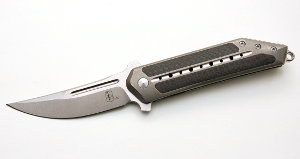
Begg Knives Steelcraft Kwaiken – From $399.00
From: BladeHQ
I recommend purchasing the Steelcraft Kwaiken at BladeHQ or Amazon. Thanks for checking out the review.
